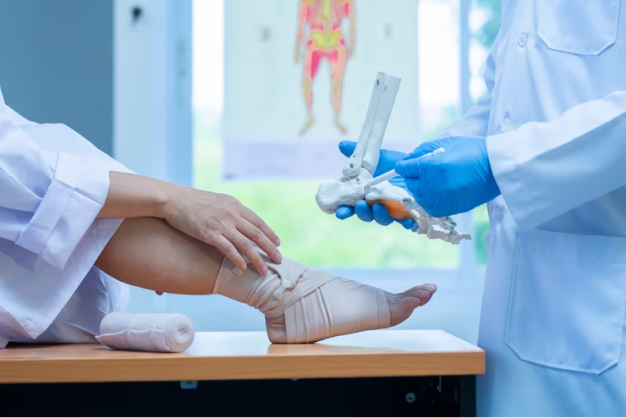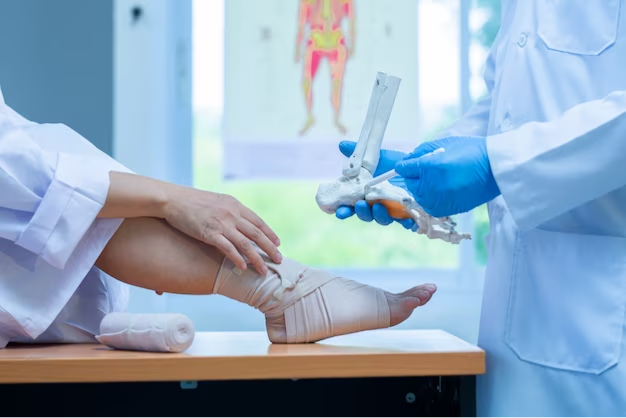
Orthopaedics, Joint Replacement and Arthroscopy
Aging Gracefully: Orthopedic Care for Seniors
December 2023
Orthopaedics, Joint Replacement and Arthroscopy

Orthopedic implants have revolutionized the field of orthopedics, offering new hope and mobility to patients suffering from joint injuries and degenerative conditions. These implants, made from various materials, provide support and stability to damaged joints. In this article, we will explore the world of orthopedic implants, discussing their types, materials, and the potential long-term effects on patients.
Types of Orthopedic Implants
Orthopedic implants are used to replace or support damaged joints or bones. There are several types, each designed for a specific purpose:
Materials Used in Orthopedic Implants
The choice of materials for orthopedic implants is crucial, as it affects the implant's performance and longevity. Common materials used include:
Long-Term Effects and Considerations
While orthopedic implants can significantly improve the quality of life for patients, they are not without potential long-term effects and considerations:
Orthopedic implants have transformed the treatment of joint injuries and degenerative conditions, offering patients an opportunity for improved mobility and reduced pain. The choice of implant material and close monitoring by healthcare providers are essential to ensure the implant's long-term success. Patients who receive orthopedic implants should stay proactive about their health, adhere to post-operative care instructions, and maintain regular follow-up appointments to enjoy the benefits of these remarkable medical advancements.

Orthopaedics, Joint Replacement and Arthroscopy
December 2023

Orthopaedics, Joint Replacement and Arthroscopy
December 2023

Orthopaedics, Joint Replacement and Arthroscopy
December 2023